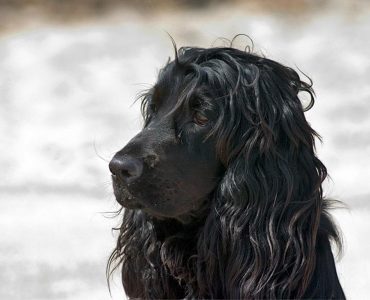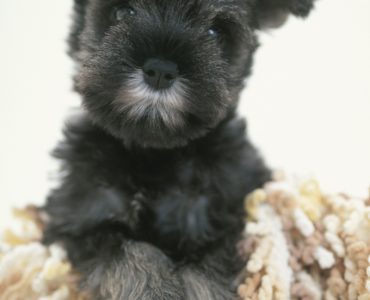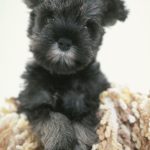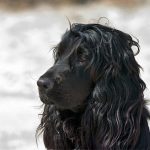This relatively recent arrival is Estonia’s only native breed. It was developed in 1947, following an edict from the Soviet Ministry of Economy, stating that every country in the USSR must have its own national dog breed. The official standard was laid down in 1954 by the Estonian Kennel Union although it has yet to achieve status elsewhere.
The Estonian Hound was developed by crossbreeding Russian and Polish native breeds, including Dachsunds, Foxhounds, Beagles, Swiss Hounds, Lucerne Hounds and Bernese Hounds.
The Estonian is a medium-size, muscular dog that weighs around 40 pounds (18kg). The skin is tight and unwrinkled. The back and neck are strong, wide and muscular, and the chest is deep and rounded. The skull is wide with the skull and muzzle of equal length. The mouth is dry with no slobber. The eyes are brown and almond shaped, and the ears long, thin, and drooped.
The tail of the Estonian is thickly coated and scimitar shaped. It is always left undocked and is naturally carried low. The legs are strong and angular, and the feet are forward facing and “cat like.” The coat of the Estonian Hound is short and rough with a sparse undercoat. The colour varies from black to reddish brown and sometimes has saddle markings. The tip of the tail is always white.
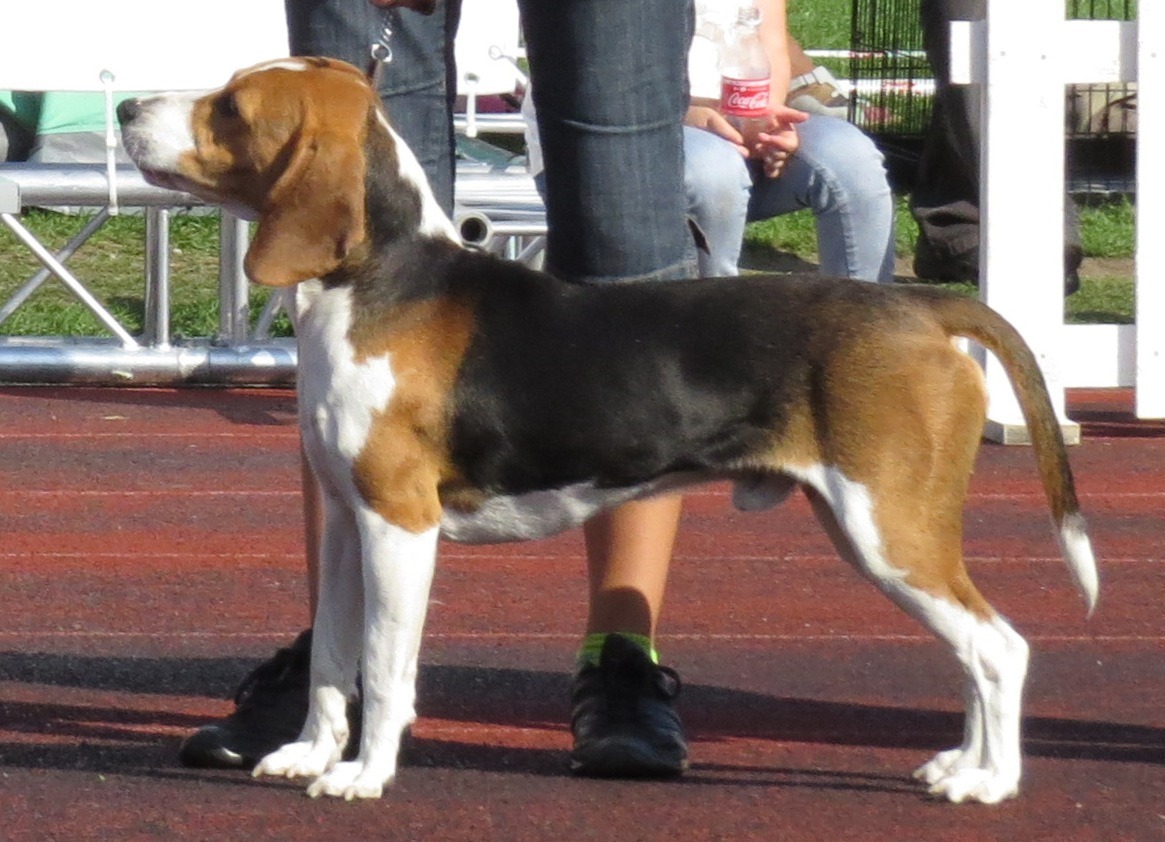
In the field, the hound’s movement is free and forward. It has a natural tracking action and an inquisitive nature. The rapid breeding program of the 1950s did lead to genetic faults developing, but these have gradually been bred out.






